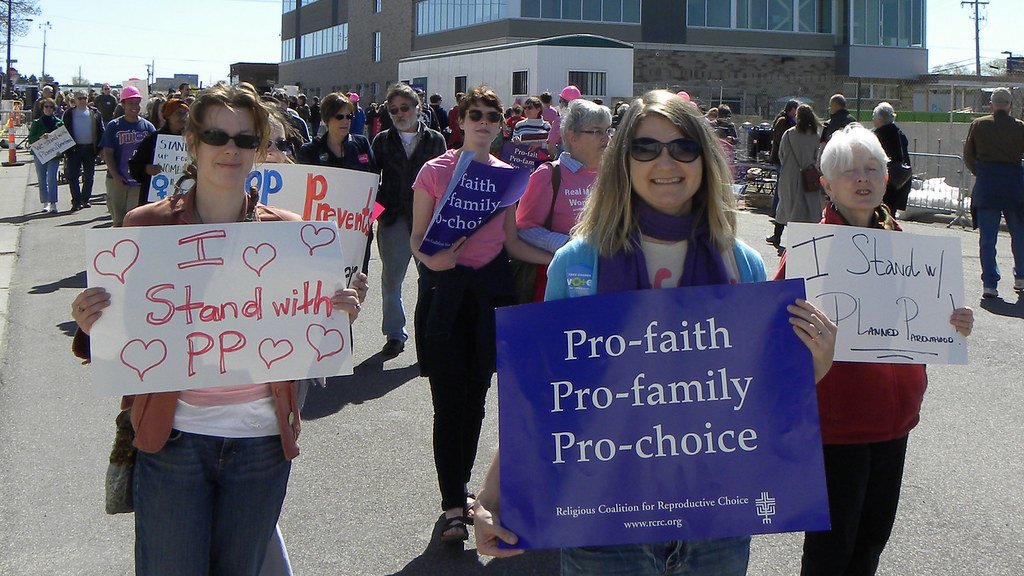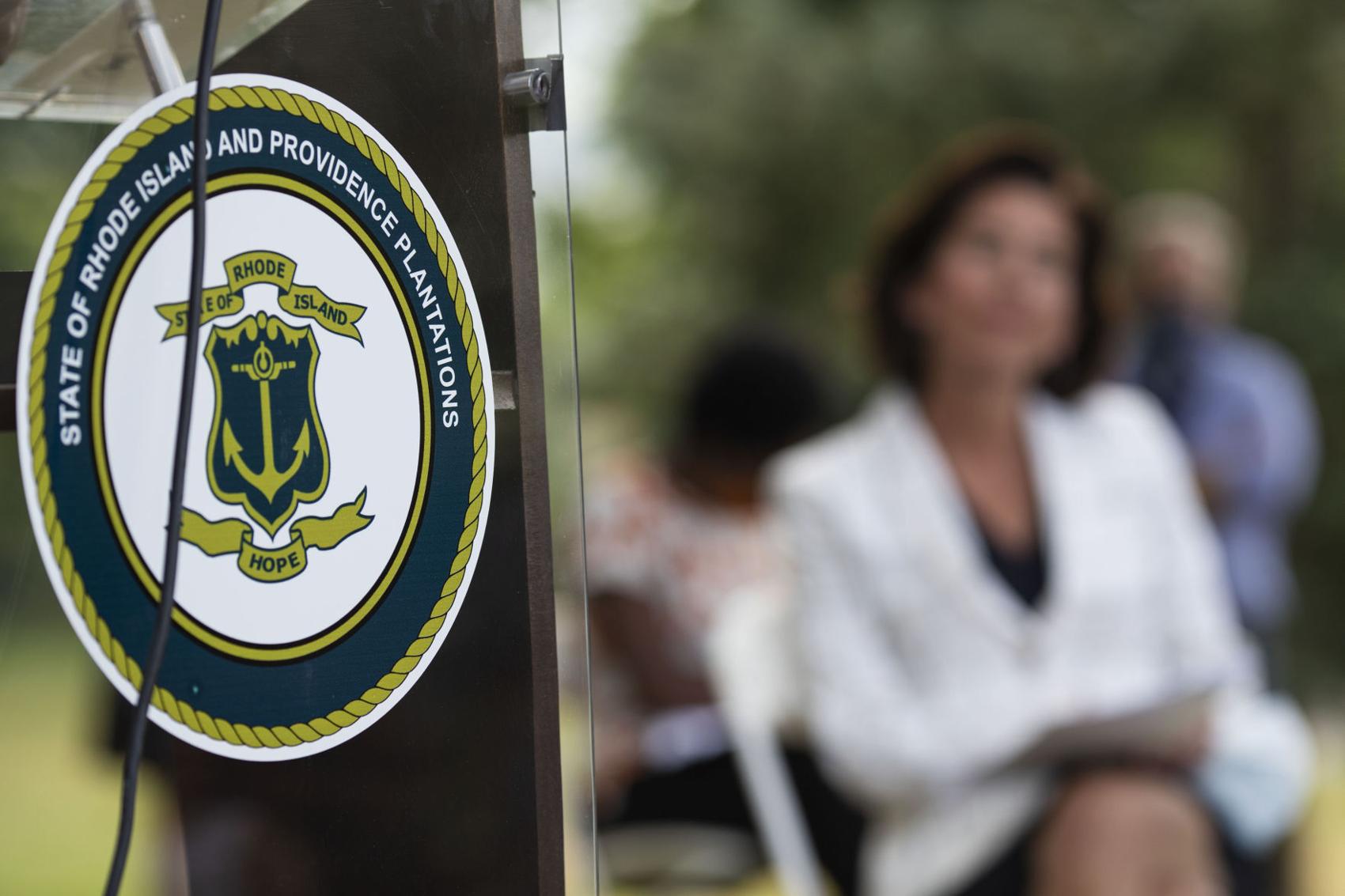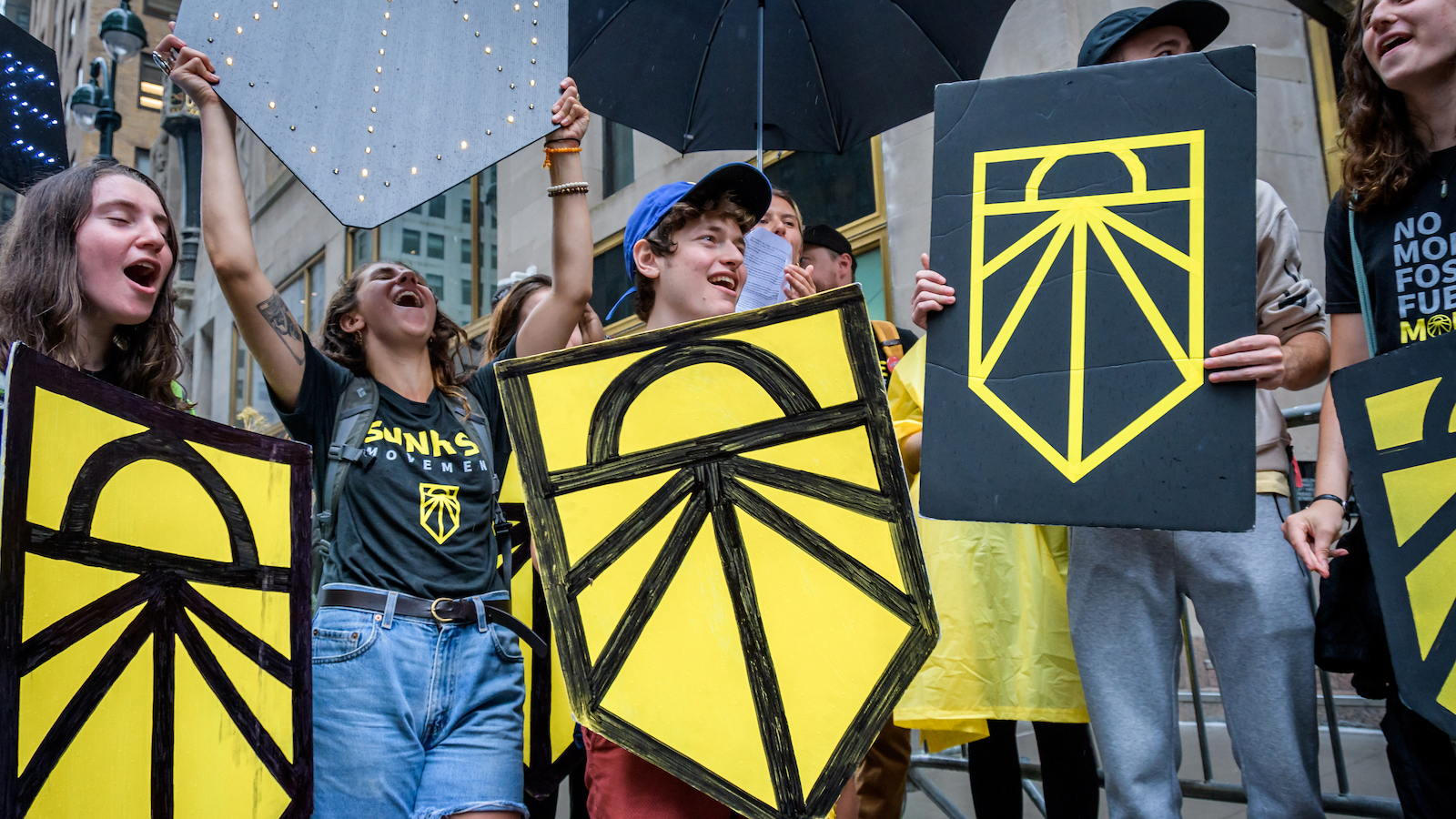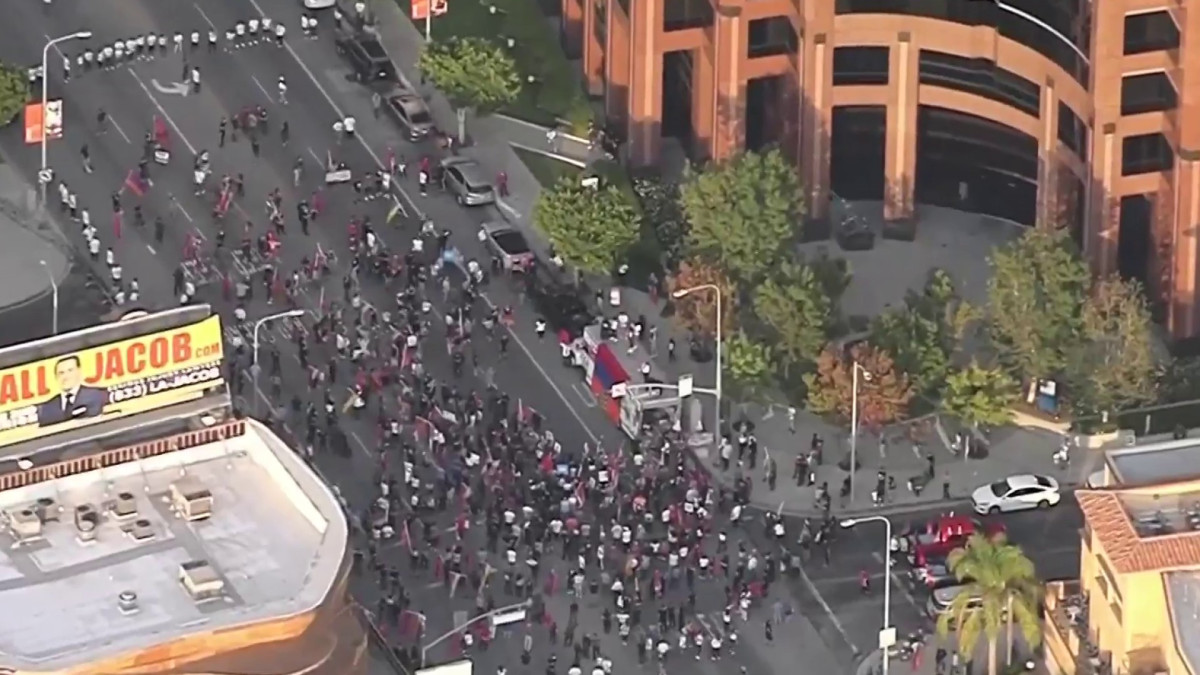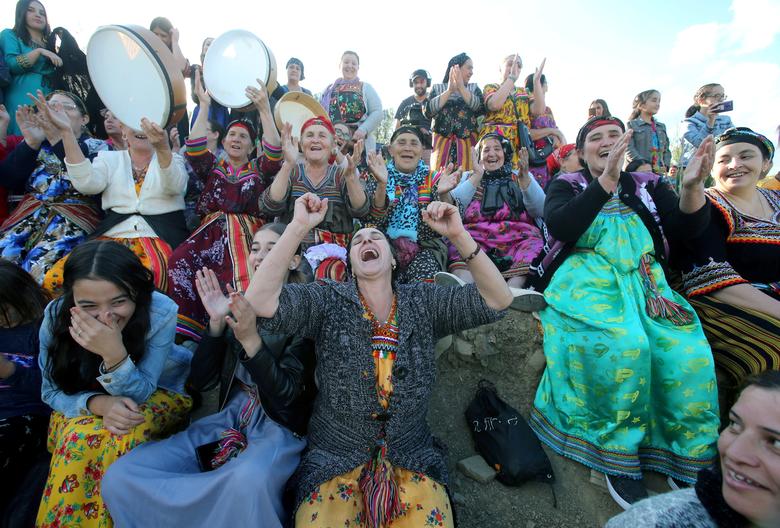This summer, a new wave of Black Lives Matter protests picked up where the initial cycle of rebellions left off in 2014. The names Tamir Rice and Michael Brown were replaced with George Floyd and Breonna Taylor, but, tragically, it seems that little else has changed. “We need to reduce the footprint of law enforcement in communities, not just document it.”
As both parties rally around nominal police reform, we should remember that this, too, has already come to pass. After the first cycle of BLM uprisings, police departments around the country adopted body-worn cameras (BWCs), aided by a $75 million grant from the U.S. Justice Department. In the wake of Ferguson, everyone from Michael Brown’s family to President Obama advocated for BWCs. “I couldn’t help but think,” said criminologist Mike White of Brown’s murder, “what would’ve happened if the officer was wearing a body-worn camera?”
Six years later, we may have our answer, though not the one we were promised. Derek Chauvin wore a body camera as he knelt for more than eight minutes on George Floyd’s neck. The police who shot Breonna Taylor to death in her home wore them as well. In […]
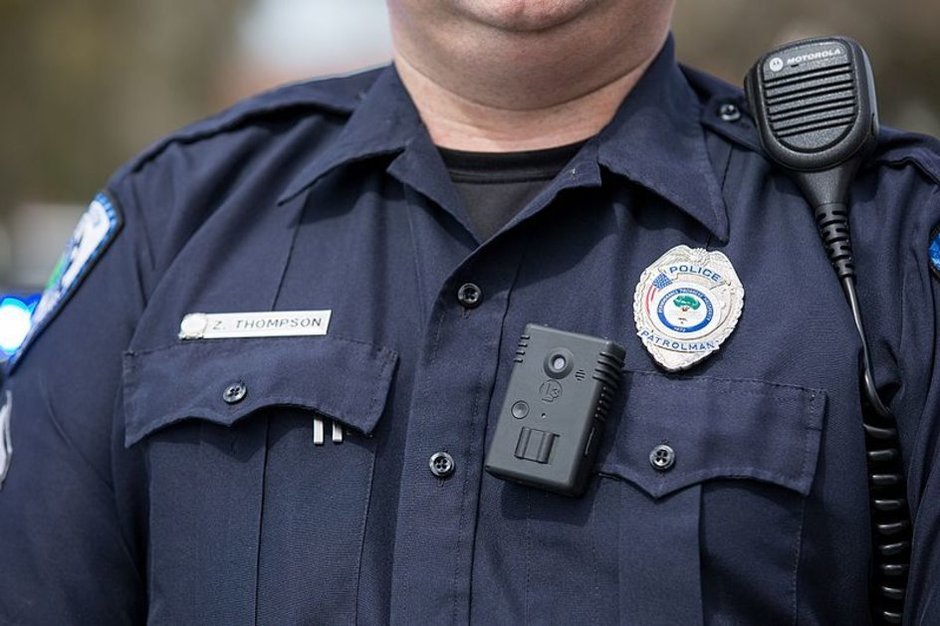

Add a comment

